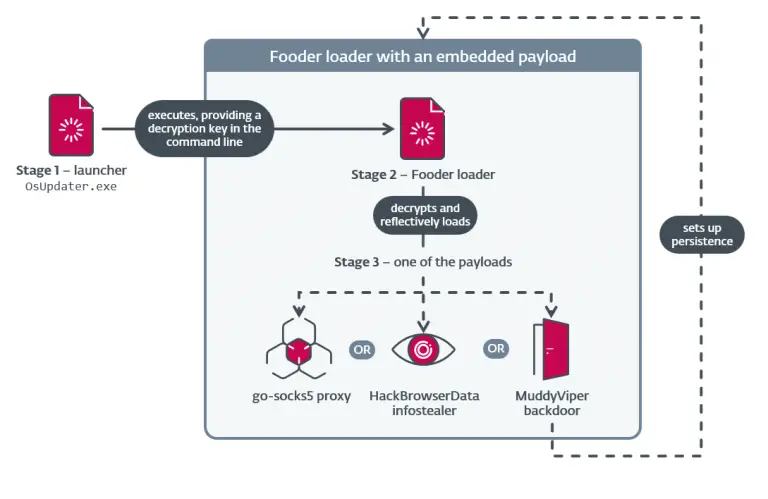
China remains the most persistent and sophisticated cyber threat to the United States, according to the intelligence community’s Annual Threat Assessment (ATA-2025). The report concludes that Beijing is not merely conducting cyber espionage but is deliberately constructing a digital infrastructure capable of launching debilitating attacks on U.S. critical infrastructure in the event of a conflict.
Among the most alarming revelations is the Volt Typhoon campaign — a series of cyber operations carried out by Chinese threat actors aimed at pre-positioning access within systems essential to water supply, energy distribution, and telecommunications. These intrusions go beyond isolated compromises; they are designed to enable the disruption of entire regions’ access to basic services during a crisis. A more recent campaign, dubbed Salt Typhoon, demonstrated successful infiltration into U.S. telecommunications infrastructure.
The threat is especially dire in the context of a potential war over Taiwan. The report warns that China could launch large-scale cyberattacks on American military installations, communications networks, and civilian infrastructure in an attempt to sow chaos, delay troop deployments, and destabilize the nation internally. Likely targets include energy grids, logistics networks, satellite navigation systems, and healthcare facilities.
According to U.S. intelligence, the People’s Republic of China is actively leveraging artificial intelligence in its cyber operations. In 2024, there were documented instances of deepfakes, AI-generated news anchors, and synthetic avatars on social media platforms used to disseminate disinformation. These campaigns sought to inflame divisions within American society on contentious issues such as immigration, drug policy, and reproductive rights.
China’s efforts also extend into space. Beijing is rapidly expanding its capabilities to intercept and disrupt communications and reconnaissance satellites. The report notes that the People’s Liberation Army already possesses tools for disabling foreign satellites via electronic warfare, laser systems, and kinetic missiles. While these technologies are ostensibly employed for peacetime inspections and testing, they can readily be weaponized in conflict scenarios.
Chinese cyber operations are not limited to technical assaults alone. U.S. intelligence observes a growing campaign of covert influence aimed at eroding trust in American institutions and amplifying Beijing’s preferred narratives. In 2024, Chinese operatives employed fake accounts and fabricated content to manipulate public discourse and potentially interfere in future electoral processes.
The report concludes that the vulnerability of U.S. systems remains critically high. What is particularly concerning is the increasing complexity, subtlety, and technological sophistication of Chinese cyber campaigns — advancements that, at present, outpace America’s ability to detect and counter them effectively.


